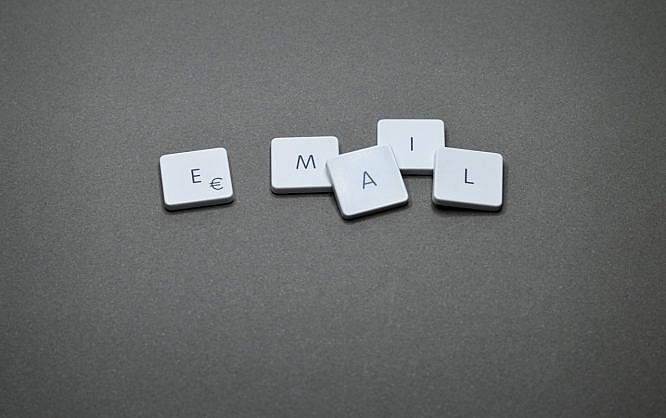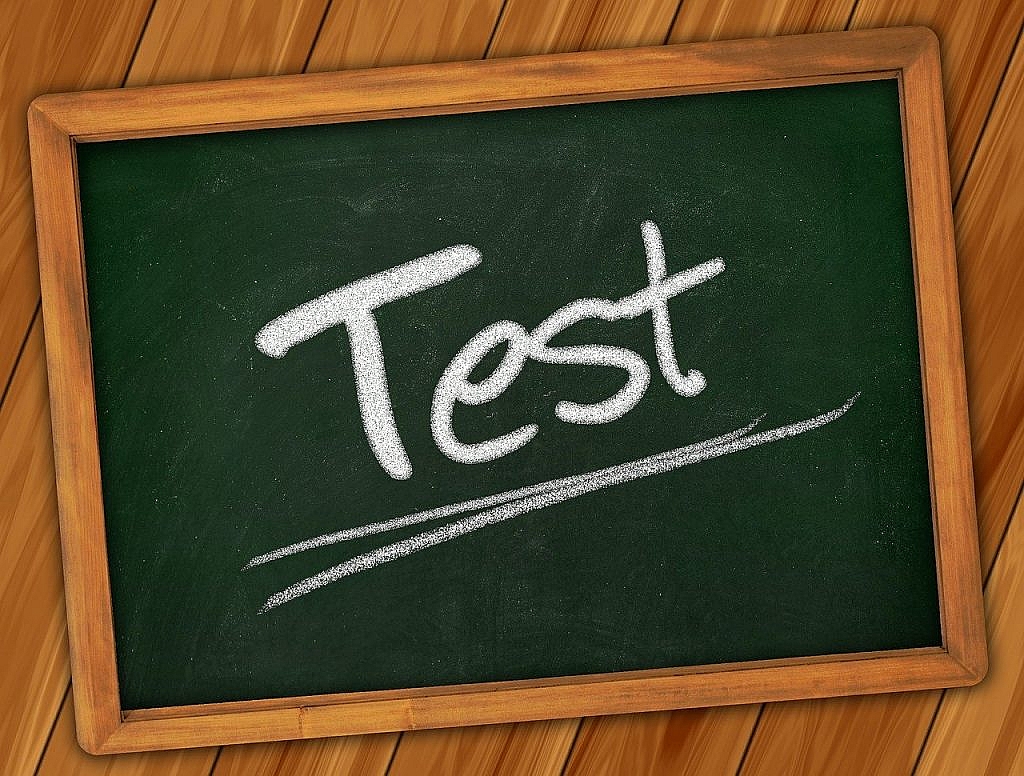The Ultimate Cold Email Outreach Guide

Email marketing is great for staying in touch with your existing customers and attracting new ones. Also, it’s a very effective method of selling your products. According to email marketing stats, 60% of consumers say they’ve made a purchase as the result of an email marketing message they received.
There are certain types of emails that marketers use in their strategies such as welcome emails, re-engagement emails, and abandoned cart emails, just to name a few. However, one type of email can be very effective when trying to acquire new customers.
Have you ever heard of cold emails?
What is a cold email (and what is it not)?

A cold email is an email you use to contact a potential customer you’ve had no previous contact with. The reason for sending this email is to gain a benefit and convince the recipient to act on your CTA. This can be making a sale, getting them to sign up for your newsletter, or just starting a conversation.
A lot of people confuse cold emails with spam, which is one of the reasons why companies avoid sending them out. However, a cold email definitely is not spam. Spam emails are mass sent emails that don’t take the recipient into account and are often even trying to con the recipient.
Here are some features that cold emails have but spam emails don’t:
- A specific message that’s tailored to the email recipient
- The recipient’s full name
- The sender’s full and real name and their contact information
- An accurate subject line
Who can you send cold emails to?

Before you can start crafting the perfect cold email, you first need to have a list of recipients you want to send those emails to. You can make a list of contacts by looking through LinkedIn or other social media, find prospects that your competitors are also targeting, and also people who visit your website.
Once you have your list, you need to segment it. Segmentation is a process where you divide your contact list into different groups based on their age, gender, industry, geographical location, etc. Once you have your segmented list, it’s time to start writing.
How to create the perfect cold email

If you want to create an effective cold email that will catch the recipient’s attention, you need to take your time composing it and even create a few drafts before sending it out.
Keep in mind that you can’t just write anything. You need to have a good structure and follow email marketing best practices.
Below are listed some useful tips on writing the perfect cold email:
Write an attention-grabbing subject line
Without a good subject line, you can’t hope for your cold email outreach campaign to be successful, as 35% of email recipients open an email based just on the subject line. As it influences whether or not your email will be read, you need to think carefully about the message you want your subject line to convey.
Generic, spammy, and misleading subject lines are something you need to avoid unless you want your message to end up in the recipient’s trash folder. Instead, write a subject line that is fresh, induces curiosity, and doesn’t have too many words. In addition, you need to personalize the subject line and if possible, make it informative.
Keep the email as short as possible
Getting the recipient to read the entire email is your goal. Unfortunately, the chances of them doing that significantly decrease if the email is too long. Don't beat around the bush for too long. Instead, tell them why you’re contacting them, and make sure the recipient understands the point of your proposal.
Personalization is your best friend
Personalizing your cold email is much more important than you think, as people love to see that you put in the effort to learn their name and address the email accordingly. Personalization shows your recipient that you thought about who they are and what interests them.
With personalization, you can also show them why you chose to email them specifically and not someone else. Make the recipient feel like they’re talking to a friend or an acquaintance instead of sitting through a sales pitch.
Always include your personal information, but know where to put it
It’s just as important to put your personal information in the email as your recipient’s, but where you put it is just as important. A lot of cold emails start with “Hello, this is XY” and that is another thing that will remind your recipient of a sales pitch.
Instead, you should keep your signature at the end of your email. Include your full name, company, contact information, and a photo. The body of your email is just for your main message and the end of the email is to show your recipient that they’re chatting with a real person, not a bot.
It’s important to follow up

A lot of cold emails require a follow-up email, it’s a normal practice. However, it’s important to know how and when to send these follow-ups so the recipients don’t get annoyed by them and actually want to continue communication.
Here are some good practices for follow-up emails:
- Allow the recipient to opt-out. Sometimes, people aren’t interested in communicating with you and you need to know who those people are so you don’t waste their time or your own. Ask them if they don’t want to hear from you anymore in a polite way in your follow-up email.
- Keep it casual. These emails are designed to act as a reminder to the recipient, they’re not a new opportunity to try and sell something or accuse them of ignoring you. Have a casual tone and just “check in” on them.
- Don’t spam. Even though cold emails aren’t spam, you can make them seem that way if you send your follow-ups too often. Allow your recipients a reasonable amount of time to respond to your first email, and send follow-ups a week apart.
- Send a “Thank you” email. After four or five follow-up emails, it becomes obvious that the recipient isn’t interested. Sign off by sending them an email where you thank them for their time and ask them to contact you in case they have a change of heart.
Test your strategies

It can be hard to get cold emails just right, that’s why it’s important to test your strategies and look for ways you can improve them. Some small things can really influence how recipients see your emails, so even one seemingly insignificant change can improve your strategy and boost your email open rate.
Use A/B tests for each aspect of your email and make tests on multiple email accounts to see how recipients react to these differences. And don’t forget to always preview and proofread your content before you send it out, so you can be sure that what ends up in the recipient’s inbox is how you imagined it.
Final thoughts
If you apply everything you just read about in your cold email marketing campaign, you can make great cold emails that not only capture the recipient’s attention but also get them to act on your CTAs. Don’t discard cold emails as most companies do. Instead, use their full potential and create an effective cold emailing campaign.
Photo by Miguel Á. Padriñán
